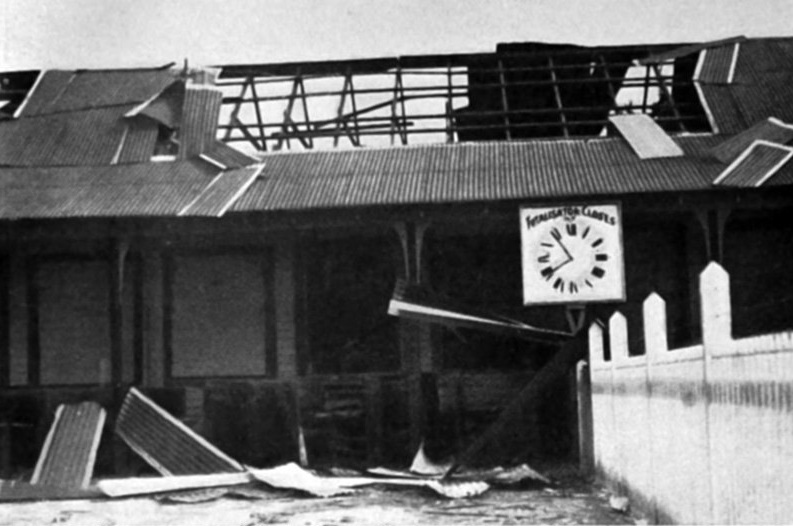

Plea to allow parking
The police have been active lately in enforcing the by-law under which it is regarded as an offence to leave a motor car unattended in a main street. At a recent conference held between representatives from the Otago Motor Club, the City Council and the local police department, the Motor Club representatives asked that a little more latitude should be allowed in putting the by-law into effect. They pointed out that a reasonable time should be allowed for a driver of a car to do shopping or conduct business in premises adjacent to where his car was stationed. They also stated that while there might be a danger from leaving a horse-drawn vehicle unattended, there was no great danger in leaving a motor car unattended.
Youth detention gets results
When the Bill which proposes to extend the Borstal system in New Zealand was before the Legislative Council today the Hon W.H. Triggs gave an interesting account of a visit he and others paid to the Borstal Institute at Invercargill. He said they found the boys working hard on reclamation work, and there was no sign of pampering. There was a good farm which the inmates worked, and in the workshops they were taught useful trades. They made brick blocks and effected additions to the buildings. To a very large extent it was a farm and an industrial colony, and to some degree it was self-supporting. In the evening, lessons were given by one of the best teachers in Invercargill. The boys gave a first rate gymnastic display and later gave a band performance. Still later there was a debate on the subject "Are moving pictures injurious to the rising generation?". He thought the system a great improvement on what had obtained previously. Every encouragement was given the boys to go forward, and the system had been justified by the results. Of 1092 youths who had passed through the institution only 63 or 5.77 percent had been re-convicted. He hoped it was intended to establish a similar institution for girls. Mr Triggs said he had seen the girls’ institution at Caversham, which was conducted as well as was possible under the circumstances, but the place was not suitable.
Plunket flower fundraiser
Daffodil Day in connection with the Royal New Zealand Society for the Health of Women and Children comes but once a year, but the need for funds is present all the year round. Friday of next week has been set apart as the day when the golden blooms from Lawrence, and many more of the flowers and products of a bountiful country, will be exhibited on the streets as a lure to win from the public support for a worthy object.
— ODT, 24.9.1924 (Compiled by Peter Dowden)












